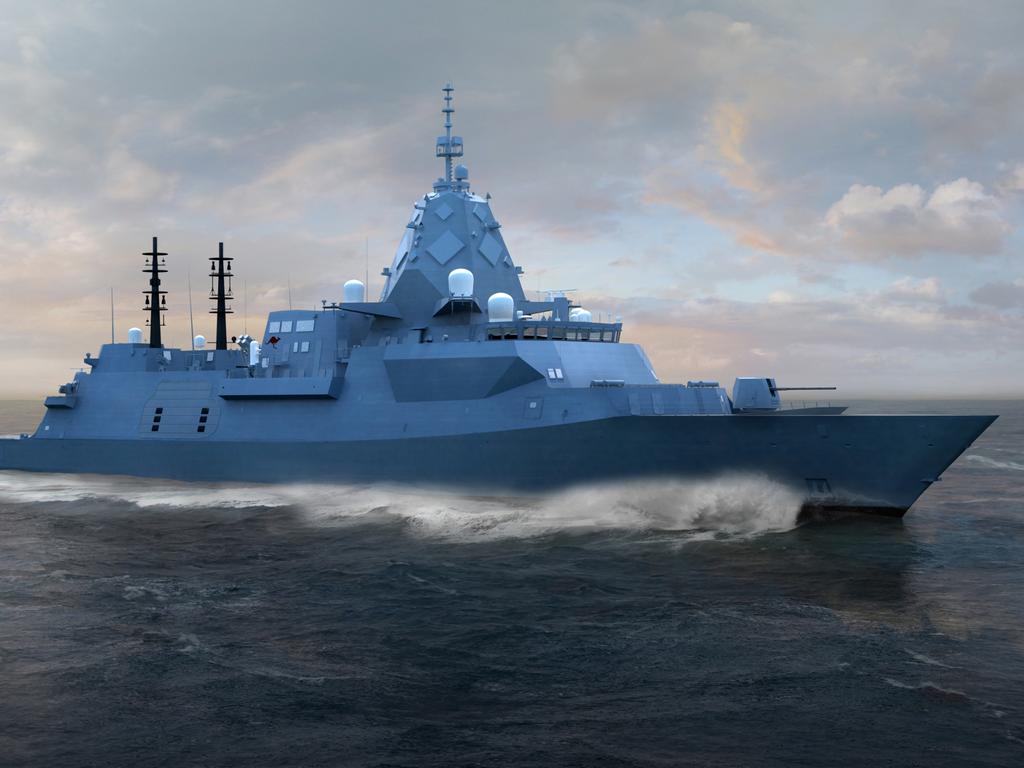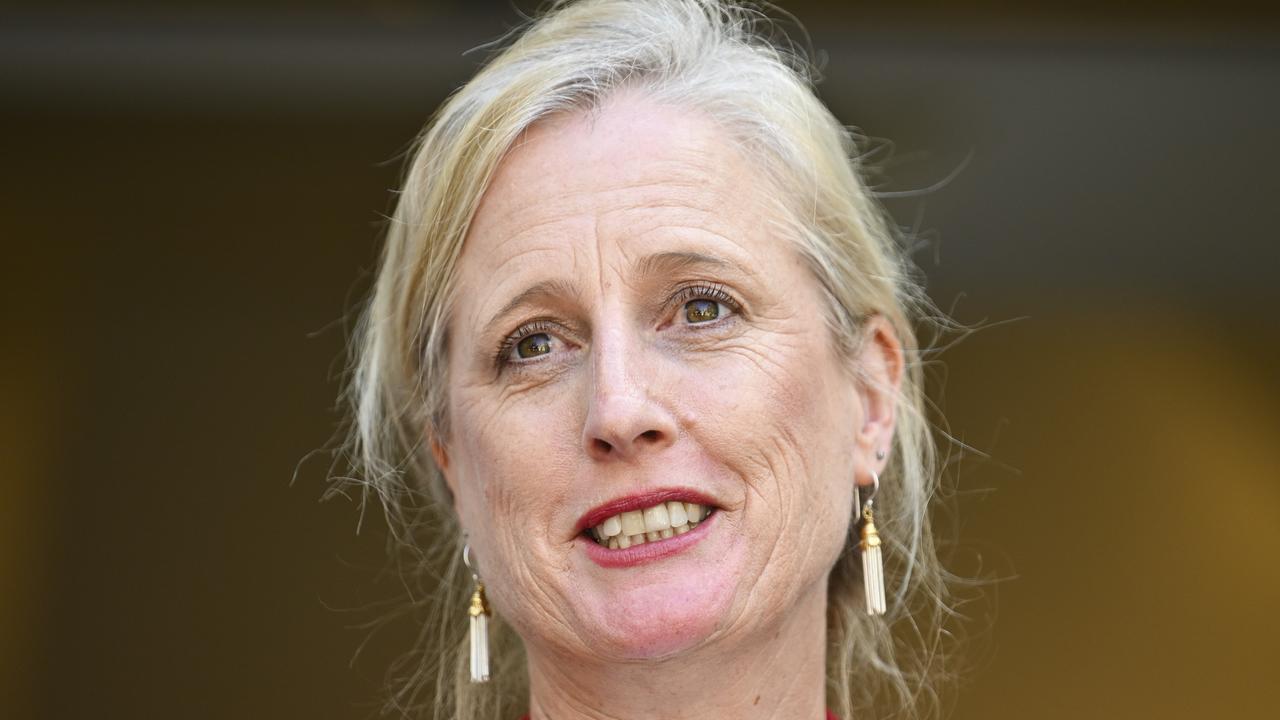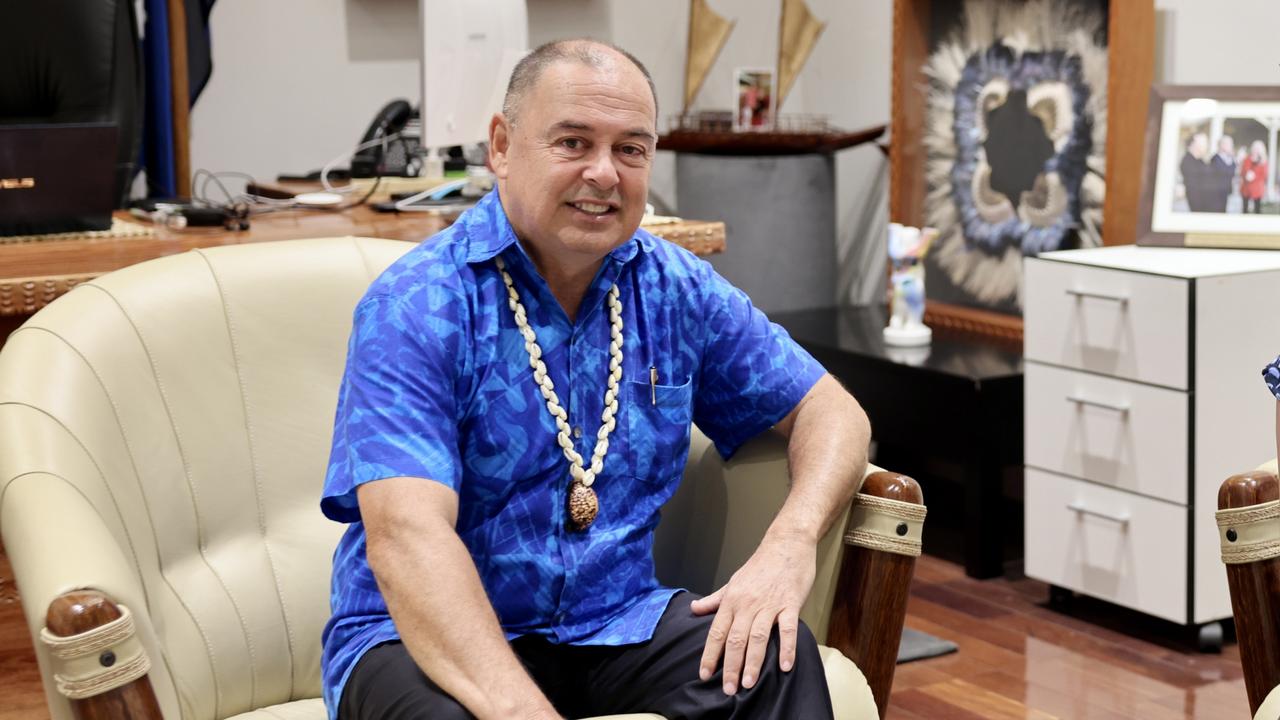Australian-made Speartooth drones pack undersea punch, cheap enough to be procured by the thousand
An Australian-developed underwater drone is firming as an option to expand Australia’s undersea military capabilities ahead of the arrival of nuclear-powered submarines.
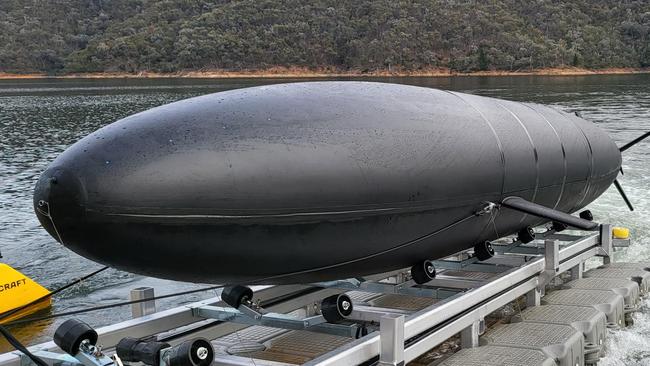
An Australian-developed underwater drone is firming as an option to expand Australia’s undersea capabilities ahead of the arrival of nuclear-powered submarines.
The 8m-long Speartooth underwater drone is cheap enough to be procured by the thousand to undertake a variety of missions that could include surveillance, mine-laying and kamikaze attacks on enemy vessels.
The Defence Strategic Review released on Monday identified uncrewed submarines as a critical capability in a welcome development for the Speartooth’s developers, C2 Robotics.
The review’s demands for more innovation, a greater appetite for procurement risk and more rapid development timelines are also a win for the company, which believes the drone is close to being ready for operational deployment.
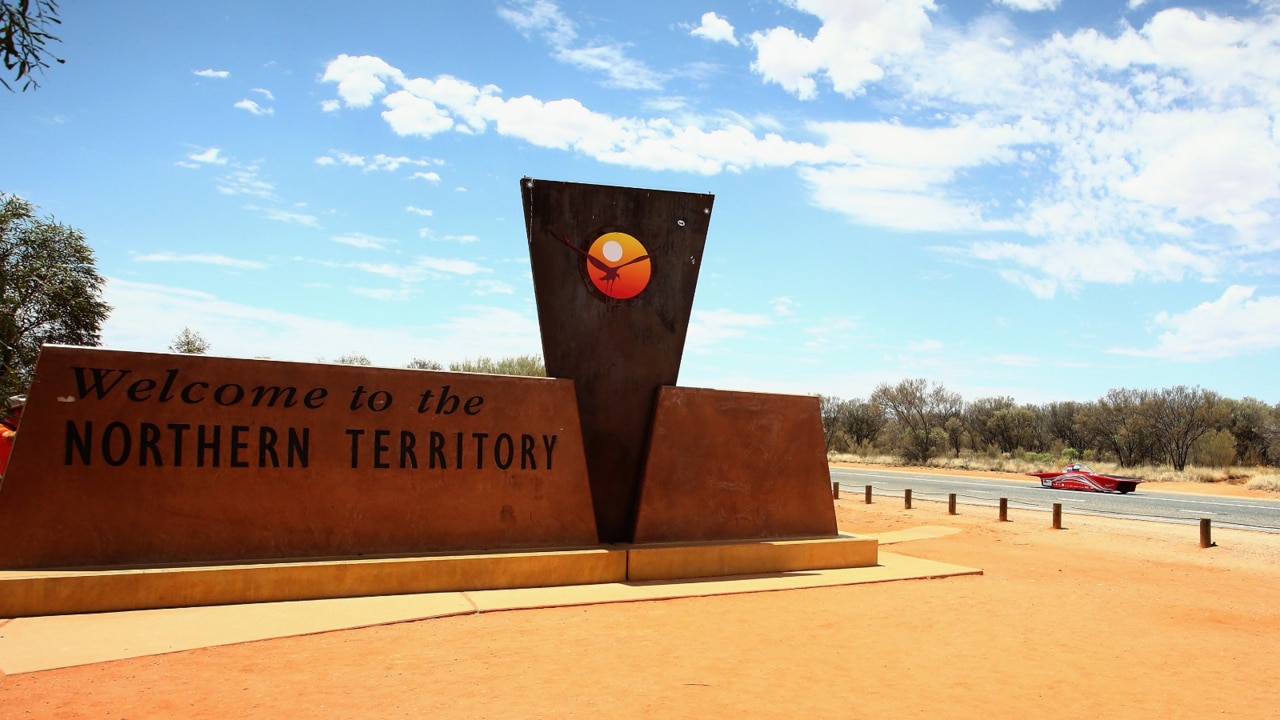
C2 Robotics founder and chief technology office Tom Loveard said the Speartooth had recently been put through extensive testing with the navy and was “progressing really quickly” as a capability.
“We have just completed … significant trials where we’ve operated fully autonomously in longer navigation runs. It’s definitely a real thing and we’re progressing towards production now very quickly,” he said.
Named after a rare river shark found in northern Australia and Papua New Guinea, the Speartooth is designed to be expendable so it can be used for “one-way” missions, if necessary.
Dr Loveard declined to reveal a per unit cost but it’s believed tens of thousands of the autonomous subs could be bought for the price of one nuclear-powered submarine.
“Five or 10 of these systems isn’t going to make a big difference to the operational picture but if we have really large numbers of these – hundreds if not thousands of them – they’re going to make a big difference, in my view,” Dr Loveard said.

The underwater drone has been funded for $4.6m by the navy’s undersea warfare innovation branch. The funding is far less than that provided to US tech billionaire Palmer Luckey, whose Anduril company has secured $77m from Defence to build three 30m “Ghost Shark” prototype drones for the navy.
Dr Loveard said the Speartooth was a much smaller vessel than the Ghost Shark, and likely to undertake different sorts of missions.
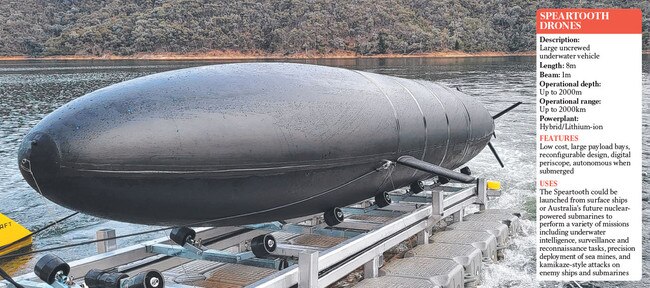
He declined to comment on what those missions might be, citing operational security.
Similar systems are being designed, however, for an array of lethal and non-lethal tasks, including underwater intelligence collection, sea floor mapping, sea mine deployment, and attacks on enemy ships and submarines.
“We can put them in harm’s way; we can do things with them that you would never ever want to do with a manned vessel,” Dr Loveard said.
The vessel has a high level of autonomy because radio communications don’t work underwater.
“Once it goes below the surface, it’s in control of all of its navigation,” Dr Loveard said.
Defence Industry Minister Pat Conroy said underwater drones “will increase our navy’s capacity to protect our maritime interests”.
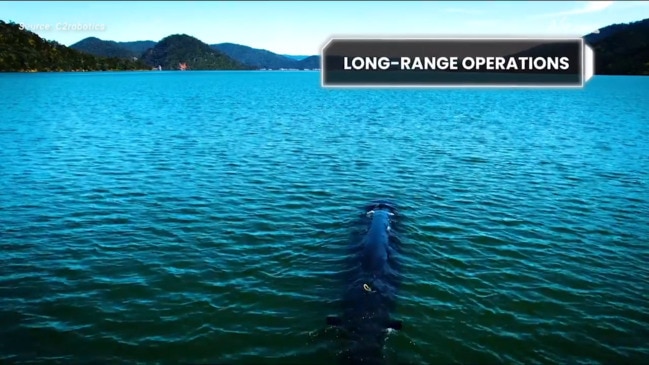
“Partnerships between Defence and industry are vital to turning Australian innovation into world-leading sovereign capability, strengthening our local defence industry as well as our national security,” he said.
Defence said it was working on a number of autonomous underwater systems, including with C2 Robotics.
“These types of initiatives are being pursued through experimentation and trials, such as the Autonomous Warrior series of activities recently held in Jervis Bay, NSW,” a Defence spokesman said.





